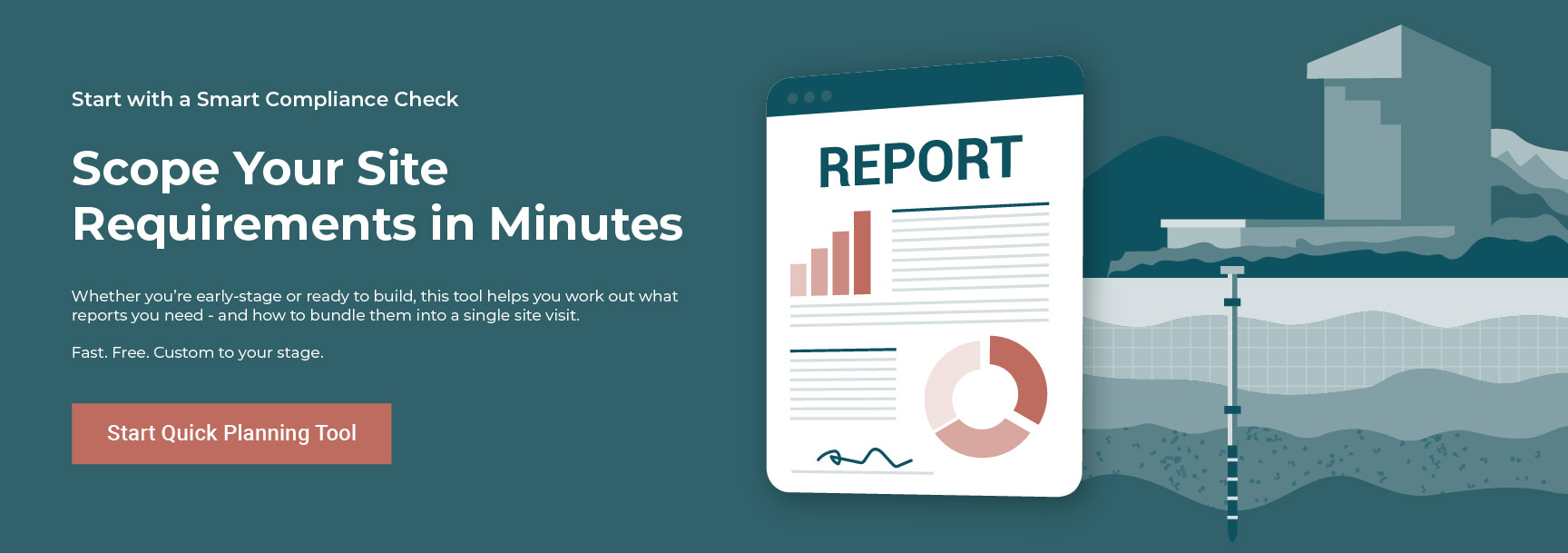Dust pollution is a significant concern in urban environments, particularly in high-activity areas such as construction zones, industrial sites, and busy roadways. Without proper management, airborne dust can pose severe health risks, degrade air quality, and lead to regulatory non-compliance.
In cities like Sydney, Wollongong, and Byron Bay, dust suppression is critical to maintaining environmental and occupational health standards. This article explores the most effective dust control strategies, real-world applications, and compliance requirements to ensure successful mitigation.
What Is Dust Suppression, and Why Is It Important?
Dust suppression refers to techniques used to reduce airborne dust particles that arise from excavation, construction, and transportation activities. Controlling dust is essential to:
- Protect Public Health – Exposure to fine dust particles (PM10, PM2.5) can cause respiratory issues, cardiovascular diseases, and other health complications.
- Ensure Environmental Compliance – The NSW Environmental Protection Authority (EPA) enforces strict dust control measures under the Protection of the Environment Operations (POEO) Act 1997.
- Reduce Site Liabilities & Fines – Companies failing to manage dust may face penalties or project delays due to non-compliance.
Case Study: Dust Control at a NSW Facility
At a NSW Facility, significant dust emissions posed environmental and operational challenges. Nova Group Pacific implemented a customised dust suppression strategy combining water-based misting systems, polymer sealants, and vegetation barriers. These measures reduced airborne dust by over 60%, ensuring compliance with NSW EPA standards while improving on-site air quality.
What Are the Most Effective Dust Suppression Methods?
Depending on site conditions, different suppression techniques may be used:
Water Spraying Systems
- Cost-effective short-term solution for construction sites and roadworks.
- Requires frequent application, making it resource-intensive.
Polymer-Based Suppressants
- Long-lasting dust control used on excavation sites and stockpiles.
- Forms a crust over soil, preventing wind erosion.
Vegetation & Ground Covering
- Sustainable solution for long-term urban development projects.
- Reduces soil displacement while improving site aesthetics.
Misting & Fogging Systems
- Reduces fine particulate (PM10, PM2.5) emissions in industrial areas.
- Best for high-risk zones near urban centres where air quality is a concern.
Choosing the right dust suppression technique depends on site-specific factors, regulatory requirements, and budget constraints.
Start with a Smart Compliance Check
Scope Your Site Requirements in Minutes
Whether you're early-stage or ready to build, this tool helps you work out what reports you need and how to bundle them into a single site visit.
Fast. Free. Custom to your stage.
How Do Dust Control Strategies Align with Regulatory Compliance in NSW?
In New South Wales, dust emissions are regulated under the POEO Act 1997, which mandates that businesses implement appropriate control measures to prevent airborne pollution. Key compliance strategies include:
- Development of a Dust Management Plan (DMP) – Site-specific strategies tailored to project needs.
- Continuous Air Quality Monitoring – Ensuring dust levels remain below EPA thresholds.
- Use of Approved Suppressants – Preventing soil and water contamination through eco-friendly dust control solutions.
Failure to comply can result in fines, legal action, or project shutdowns, emphasising the importance of proactive dust management.
What Are the Health Risks of Dust Exposure in Urban Areas?
Uncontrolled dust emissions contribute to serious health risks, particularly for construction workers, nearby residents, and individuals with pre-existing conditions. The most concerning effects include:
- Respiratory Diseases – Inhalation of fine dust can trigger asthma, bronchitis, and lung irritation.
- Cardiovascular Complications – Long-term exposure to PM2.5 has been linked to heart disease and hypertension.
- Workplace Hazards – High dust concentrations reduce visibility, increasing accident risks on construction sites.
A well-designed dust suppression plan not only safeguards public health but also ensures worker safety on high-exposure sites.
How Can Businesses in Sydney, Wollongong, and Byron Bay Implement Effective Dust Control?
Urban projects require a multi-layered approach to dust management. Businesses can adopt:
- Pre-Project Assessments – Identifying dust hotspots before work begins.
- Real-Time Air Quality Monitoring – Ensuring compliance with EPA air quality limits. See how Nova Group Pacific conducts this monitoring at the Wollongong Waste Facility.
- Collaboration with Environmental Experts – Engaging Nova Group Pacific for customised dust suppression solutions.
Conclusion: Future-Proofing Urban Dust Management
Effective dust control requires a combination of engineering controls, regulatory compliance, and proactive monitoring. Implementing strategic dust mitigation solutions leads to measurable improvements in air quality, public health, and regulatory compliance.
For tailored dust suppression strategies that meet NSW environmental standards, visit Nova Group Pacific’s Dust Management & Dust Suppression Services today.












.png)







